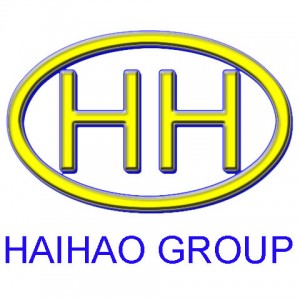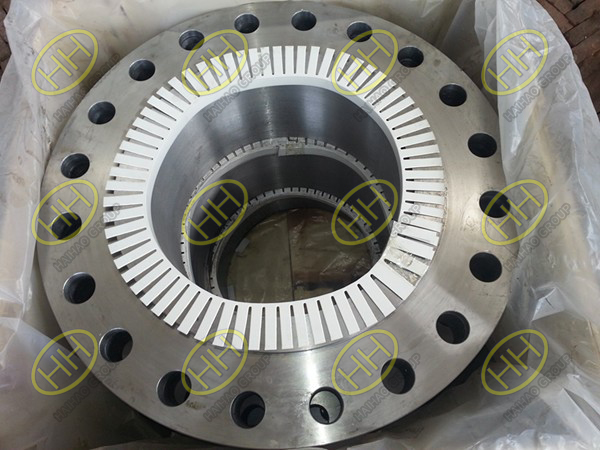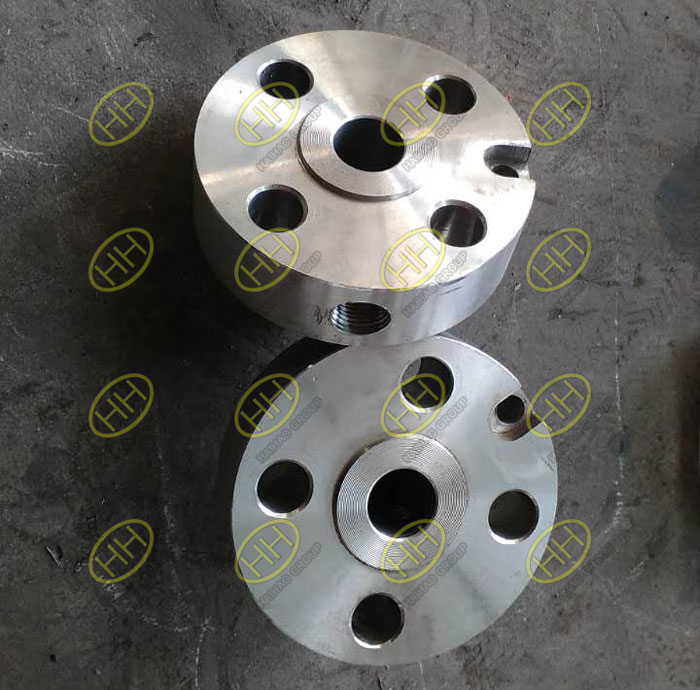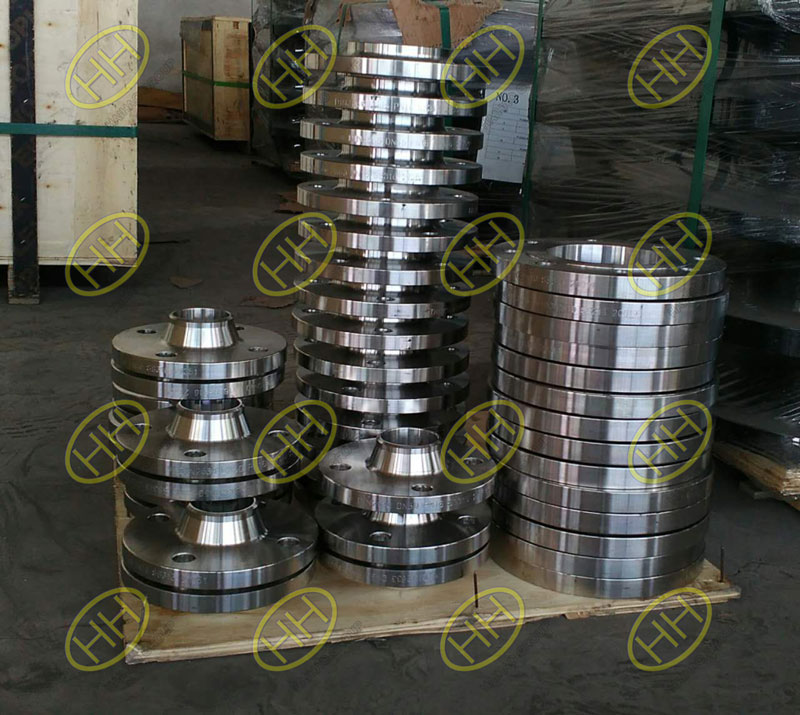Why are the price of 317L stainless steel flanges higher than 316 and 304 stainless steel flanges?
There are hundreds of different types of stainless steel flanges on the market, which may be difficult to find the perfect metal for your application. In many purchasing processes, the cost of metals is the first consideration rather than the performance of metals, but this is wrong. In some cases, additional costs are required for different high-performance alloys.
But the common use is mainly made of 304 stainless steel and 316 stainless steel. They are high performance in tensile strength, durability and corrosion resistance. 304 stainless steel can withstand various environments, and the tolerance of 316 stainless steel to chloride and other corrosive agents is improved.
However, some processes involve extreme working conditions which require higher performance properties than these alloys, such as better grade 317L stainless steel.
What makes grade 317L SS different from 304 and 316 stainless steel?
304, 316 and 317L stainless steel are considered to be austenitic stainless steel alloys. All these alloys have some similar properties, such as high strength, corrosion resistance and high concentration of chromium and nickel.
The difference between 317L and 316 stainless steel and 304 stainless steel is that these high amounts of alloy add molybdenum in its formula grade 316, with a content of about 2-3%, and 317L stainless steel with more than 3% molybdenum.
This addition of molybdenum greatly enhances the corrosion resistance of stainless steel to chloride, which is why 316 stainless steel is often used in chemical processing and marine industry. However, the added molybdenum content also affects the cost of the two alloys. 317L stainless steel is usually more expensive than 316 stainless steel. 316 is more expensive than 304.
For the most corrosive applications, 316 stainless steel should be sufficient to withstand frequent exposure. But 317L to 304 or 316 has better resistance to certain specific corrosive resistance. As stated in the ATI Metals publication, the corrosion rate of 317L stainless steel in the boiling test solution of 1% hydrochloric acid is 54.2 mil / year, and the corrosion rate of 316 stainless steel is 226 million cubic meters per year. 317L in sulfuric acid and sodium hydroxide test, it is obviously better than 316.
Therefore, if it is involved in the use of very diluted (less than 3-4%) hydrochloric acid, mild concentration (10%) or sodium hydroxide (also called caustic sodium), it is more appropriate to use 317L grade stainless steel. In addition, it should be noted that any concentration of hydrochloric acid above 5% will easily corrode all austenitic stainless steel alloys.
As a professional flange supplier,we not only supply 304,316,317L stainless steel flange,but also carbon steel and alloy steel flanges in different dimensions,standards.If you want to know more about our products,please feel free to contact us.Email:sales@haihaogroup.com




